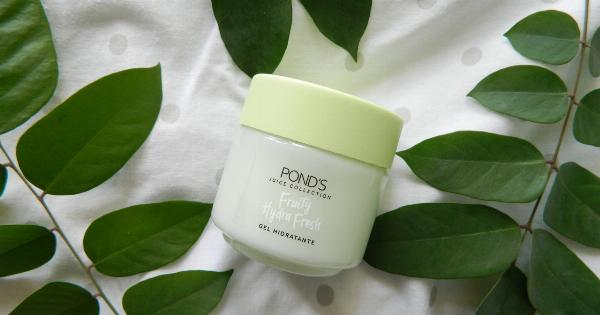Exfoliation is an essential step in any skincare routine, especially when it comes to the face. By removing dead skin cells, exfoliation can help improve skin texture, unclog pores, and prevent breakouts.
However, not all exfoliation methods are created equal, and using the wrong product or technique can do more harm than good. In this article, we will discuss the best practices for face exfoliation to help you achieve a glowing, healthy complexion.
Types of Exfoliants
There are two main types of exfoliants: physical and chemical. Physical exfoliants involve using a scrub or tool to physically remove dead skin cells.
Chemical exfoliants, on the other hand, use ingredients such as alpha-hydroxy acids (AHAs) or beta-hydroxy acids (BHAs) to dissolve dead skin cells. Here are the pros and cons of each type:.
Physical Exfoliants
Pros:.
- Instant gratification: Physical exfoliants offer immediate results and can leave your skin feeling soft and smooth.
- Customizable: You can decide how much pressure to apply and which areas of the face to target.
Cons:.
- Too much pressure or the use of rough scrubbing particles can cause micro-tears in the skin, leading to irritation and inflammation.
- Not suitable for all skin types: Physical exfoliants can be too harsh for sensitive skin and may exacerbate conditions like rosacea or acne.
Chemical Exfoliants
Pros:.
- Gentler: Chemical exfoliants are often gentler on the skin than physical exfoliants, making them a better option for those with sensitive skin.
- Penetrate deeper: Chemical exfoliants can penetrate deeper into the pores, making them more effective at unclogging and reducing the appearance of enlarged pores.
Cons:.
- May not provide immediate results: Unlike physical exfoliants, which offer immediate gratification, chemical exfoliants can take longer to see results.
- May cause skin irritation: While gentler than physical exfoliants, chemical exfoliants can still cause irritation and may not be suitable for those with extremely sensitive skin.
Frequency of Exfoliation
While exfoliation can be beneficial for the skin, it’s important not to overdo it. Over-exfoliation can cause irritation, redness, and even breakouts. So, how often should you exfoliate your face?.
For most skin types, exfoliating once or twice a week should be sufficient. However, factors like skin type, age, and the type of exfoliant being used can affect how often you should exfoliate. Here’s a general guide:.
- Dry or sensitive skin: Once a week
- Normal or combination skin: Twice a week
- Oily skin: Three times a week
Of course, you should always listen to your skin and adjust your exfoliation frequency accordingly. If your skin becomes dry or irritated, cut back on exfoliation.
Best Practices for Face Exfoliation
Choose the Right Exfoliant
As discussed earlier, there are two types of exfoliants: physical and chemical. When choosing an exfoliant, consider your skin type and any skin concerns you may have.
For dry or sensitive skin, opt for a gentle chemical exfoliant like mandelic acid or lactic acid. Those with oily or acne-prone skin may prefer a salicylic acid-based exfoliant, which can penetrate deeper into the pores.
If you prefer a physical exfoliant, look for one with gentle, round scrubbing particles like jojoba beads or rice powder. Avoid exfoliants with rough, jagged particles like walnut shells, as these can cause micro-tears in the skin.
Prep Your Skin
Before exfoliating, it’s important to prep your skin. Start by removing any makeup or dirt with a gentle cleanser, then rinse with warm water. This will help loosen any dead skin cells and debris, making it easier for the exfoliant to do its job.
Be Gentle
Whether you’re using a physical or chemical exfoliant, it’s important to be gentle. Avoid applying too much pressure or scrubbing too vigorously. When using a physical exfoliant, use circular motions and let the product do the work for you.
When using a chemical exfoliant, apply a thin layer and leave it on for the recommended time (usually a few minutes) before rinsing off.
Don’t Overdo It
As mentioned earlier, it’s important not to over-exfoliate. Stick to the recommended frequency for your skin type, and if you notice any signs of irritation or dryness, cut back on exfoliation.
Moisturize and Protect
After exfoliating, be sure to moisturize your skin to help restore hydration and prevent dryness. If you’re going outside, apply sunscreen to protect your skin from UV damage.
Conclusion
Exfoliation can be a great way to improve skin texture, unclog pores, and prevent breakouts. However, it’s important to choose the right type of exfoliant and use it correctly to avoid irritation and damage to the skin.
By following the best practices outlined in this article, you can achieve a healthy, glowing complexion.




























